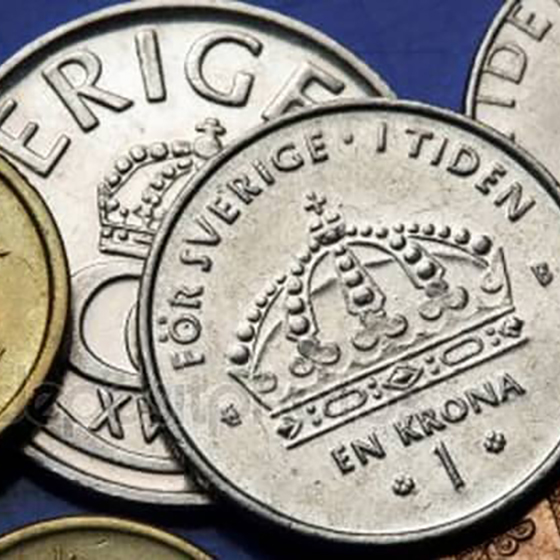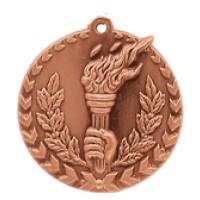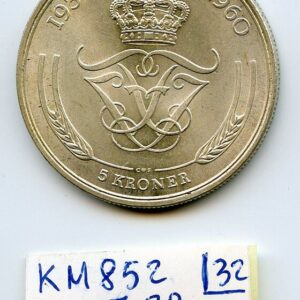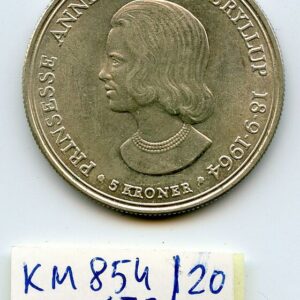Scandinavia
Scandinavian Coins: A Glimpse into Nordic History and Culture
Scandinavian coins offer a fascinating insight into the rich history and cultural heritage of the Nordic region. From ancient Viking currencies to modern commemorative coins, these numismatic treasures provide a glimpse into the economic and political development of Scandinavia. In this article, we will explore the evolution of Scandinavian coins over the centuries, highlighting their significance and allure.

Showing 25–26 of 26 results
Showing 25–26 of 26 results
The origins of Scandinavian coinage can be traced back to the Viking Age, approximately from the 8th to the 11th century. During this time, the Vikings were skilled seafarers and traders, venturing far and wide across Europe and beyond. To facilitate their trade, early Norsemen started using precious metal as a medium of exchange. Typically, silver was the preferred metal for coinage, along with occasional gold coins.
The design and craftsmanship of Viking coins were often simple and utilitarian, featuring abstract geometric patterns, runic inscriptions, or depictions of animals and mythological creatures. These coins not only served as a means of trade but also as a form of self-expression for the Viking societies, showcasing their artistic skills and cultural motifs.
With the advent of Christianity in Scandinavia, new coins began to emerge. The introduction of Christianity brought with it the influences of European coinage, particularly from Germany and England. These coins had more refined designs and depicted Christian symbols, such as crosses and religious figures.
During the medieval period, the monarchs of Denmark, Norway, and Sweden gradually established their own minting authorities and started issuing coins under their respective kingdoms. The coinage became standardized, adopting the silver-based monetary system prevalent in mainland Europe. Coins featuring the portraits of kings, queens, or national emblems became prominent, reinforcing the authority and sovereignty of the ruling monarchs.
In the modern era, Scandinavian countries continued to issue distinct coins, each reflecting their unique historical and cultural identities. For instance, Sweden introduced the Krona as its official currency in 1873, which is still in use today. The designs on Swedish coins have varied over time, featuring national symbols, famous personalities, and important landmarks.
Denmark’s currency, the Krone, has also undergone changes while maintaining its distinct identity. Danish coins often showcase the country’s coat of arms, royals, and notable landmarks. Norway, while not a member of the European Union, uses the Krone as its official currency, with Norwegian coins displaying various motifs, including the royal monogram and national symbols.
Apart from standard circulation coins, Scandinavian mints produce commemorative coins to mark significant events or honor notable individuals. These coins often have unique designs, special finishes, or limited editions, making them highly sought after by collectors worldwide.
In conclusion, Scandinavian coins offer a captivating exploration of Nordic history and culture. From the artistic simplicity of Viking coins to the intricate craftsmanship of modern issues, these numismatic treasures serve as a tangible link to the past. Whether it’s studying the development of Viking economies or admiring the impressive designs of contemporary commemorative coins, collecting Scandinavian coins allows us to delve deeper into the intriguing heritage of this fascinating region.


 Antiques
Antiques
